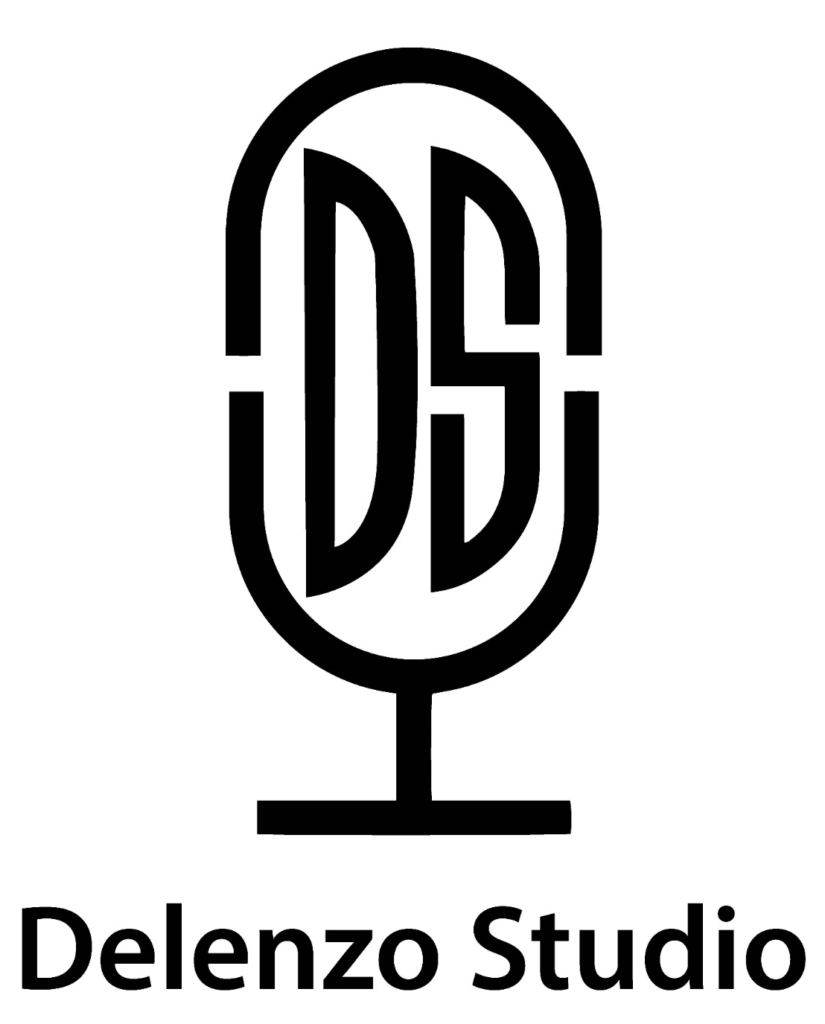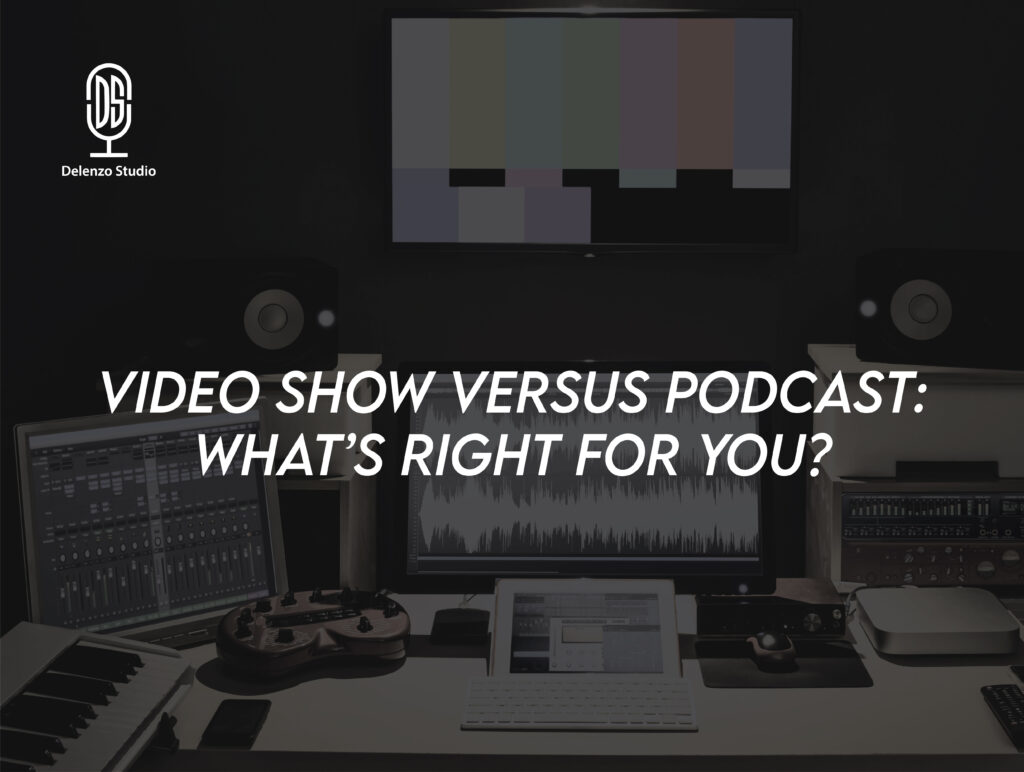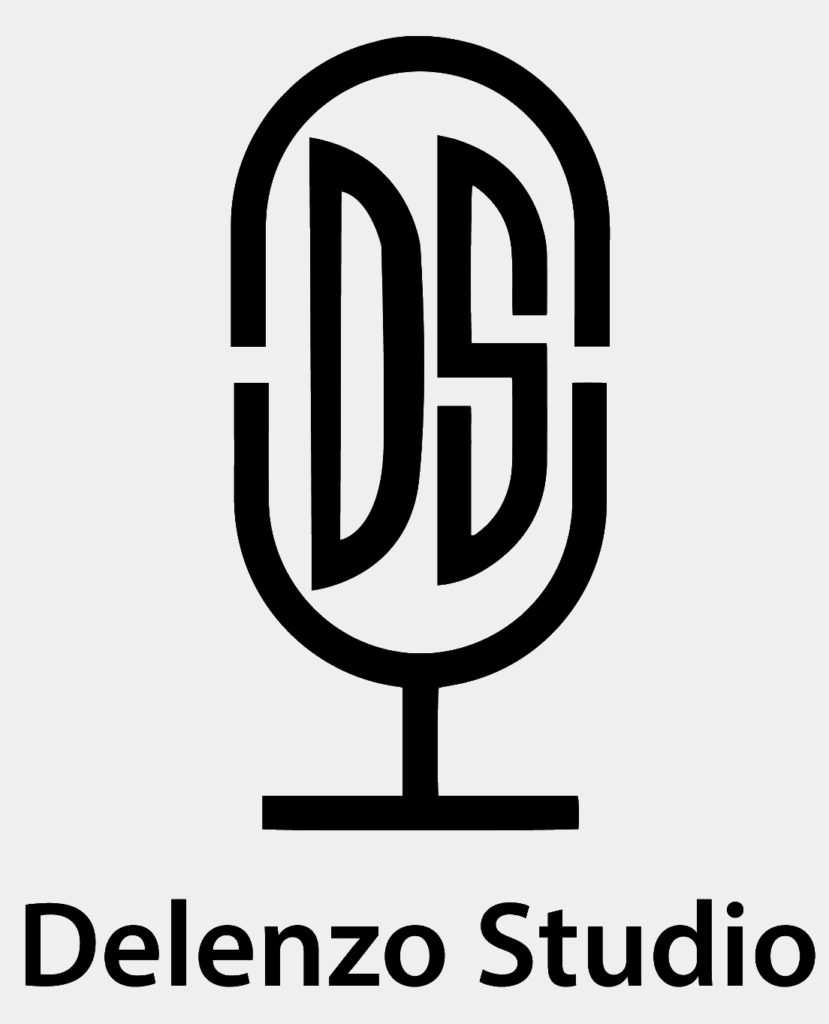Podcasting has become one of the most popular ways to share information, tell stories, and connect with audiences worldwide. Choosing the proper podcast file format ensures high-quality sound while keeping file sizes manageable. This guide will help you understand various podcast audio formats, their advantages, and the best options for your needs.
Podcasting is getting super popular, and picking the right audio file type makes a huge difference for your listeners. How good it sounds, how big the file is, and whether it works on different platforms really matter. MP3 files are popular because they work everywhere, while WAV files give you better sound quality. Knowing the difference helps you pick the right one, making your recording sound great and keeping your audience hooked.
Finding the Right Audio File Format for Your Podcast
You must balance quality and file size when selecting an audio file type for your podcast. Here are the most common formats used by content creators:
M4A Files (AAC)
M4A files are great because they give fantastic sound quality while using less space. They compress audio without losing much quality, making them perfect for podcasters who want to save storage and data.
- Advantages:
- Better sound quality compared to MP3 at the same bitrate.
- Supported by most modern devices and platforms.
- Smaller file sizes, reducing hosting costs.
- Disadvantages:
- It is not as universally compatible as MP3.
If most of your listeners use devices or apps that work with M4A, it’s a good idea to try that format.
MP3 Files
MP3 is the most widely used audio file format for digital broadcasting. Known for its universal compatibility, it balances quality and file size well.
- Advantages:
- Supported by virtually all devices and software.
- Customizable bitrate, allowing for smaller files or higher quality.
- Disadvantages:
- Lower audio quality compared to M4A and other formats at the same bitrate.
Most podcasters stick with MP3 files because of their reliability and widespread support.
WAV Files
WAV files are uncompressed and provide the highest audio quality, making them ideal for recording and editing.
- Advantages:
- Best sound quality with no loss of data.
- Great for editing and saving for the long term.
- Disadvantages:
- Large file sizes make them impractical for publishing your shows.
- It’s not ideal for streaming or downloading on limited bandwidth.
While WAV files are excellent for production, they should be converted to a compressed format like MP3 or M4A for distribution.
FLAC Files
FLAC (Free Lossless Audio Codec) files offer high-quality audio with compression, making them smaller than WAV files while maintaining lossless quality.
- Advantages:
- Lossless compression preserves original audio quality.
- Smaller file sizes compared to WAV.
- Disadvantages:
- Doesn’t work on all platforms and devices.
It’s a niche option for podcasters delivering top-notch sound to audiophile audiences.
What Are the Limits of an Audio File Format?
Each audio file type has its strengths and weaknesses. Knowing these downsides will help you pick the best option for your needs:
- File Size: Bigger files, like WAV and FLAC, take up more space and can be tricky for listeners with slow internet.
- Compatibility: Not all devices or platforms can play every format.
- Quality vs Compression: Compressed formats, like MP3, might lose some sound quality.
Understanding what your audience likes and what their tech can handle helps you avoid these problems.
What Is the Best Audio File Format for Podcasting?
The “best” format depends on your podcast’s goals and audience. MP3 is the safest choice for most podcasters due to its compatibility, balance of quality, and file size. However, if sound quality is a priority and your audience uses modern devices, M4A might be a better option.
Additional Tips for Choosing Your Podcast’s Audio Format
Consider Your Hosting Platform
Podcast hosting platforms sometimes recommend or limit certain audio file types. Check their rules before deciding on your format.
Test Different Formats
If you’re unsure which audio format is best, try using different ones. Record short clips in MP3, M4A, and FLAC to see how they compare in quality and size. It will help you make a better choice.
Optimize for Mobile Audiences
Since many listeners use mobile devices, focus on small formats that still sound good. MP3 and M4A are great options for this. They’re simple to download and work on most devices without much space.
Monitor Listener Feedback
Your audience’s feedback can provide valuable insights into the effectiveness of your chosen format. If your audience has trouble with playback or sound, try changing your format to fix this problem.
Overview
Picking the correct audio format for your podcast is about finding a balance between sound quality, file size, and what your audience likes. Most podcasters use MP3 because it works everywhere, and the file sizes are reasonable. However, if your listeners mostly use newer devices and you care a lot about sound quality, the M4A is an excellent choice. To make your digital broadcast, use WAV files for the best quality while editing, and if your audience loves perfect sound, try FLAC. Ultimately, the best option depends on your aims and how you want your audience to experience it. By prioritizing your audience’s needs and technical capabilities, you’ll set your podcas up for success.
FAQs
The ideal audio quality balances clarity and file size. A bitrate of 128kbps using Advanced Audio Coding (AAC) or MP3 provides excellent results for spoken-word content.
The industry standard for most podcasts is MP3 at 128kbps. This format offers good quality while keeping file sizes manageable
Use a high-quality microphone.
Record in a quiet environment.
Use uncompressed formats like WAV for editing and then convert to MP3 or M4A for distribution.
The standard sample rate is 44.1 kHz, ensuring precise and consistent audio quality



